Dry lake bed cracked due to drought in Edgworth, Northwest England. (Photo: AFP/TTXVN)
According to scientists , since 2002, the continents on Earth have experienced unprecedented severe drought, with the main causes coming from climate change, over-exploitation of groundwater and prolonged droughts.
This situation is forming four “super-arid” regions on a continental scale in the Northern Hemisphere, seriously threatening water security, food security and global stability.
According to the research team, the dry land area is spreading at a rate equivalent to twice the size of California each year.
The rate of increase in dry areas is far outpacing the rate of wetting in other regions, reversing a hydrological pattern that has existed for centuries.
One shocking finding was that 68% of the water loss came from groundwater, and this loss alone contributed more to sea level rise than all the ice melting in Greenland and Antarctica combined.
“Continents are drying up, freshwater resources are shrinking, and sea levels are rising rapidly,” said Jay Famiglietti, a professor in ASU’s School of Sustainability and lead author. “This is a wake-up call – we need urgent action to ensure global water security.”
Based on more than 22 years of data from the GRACE and GRACE-FO satellites operated by the US and Germany, the study identified four hyper-arid regions: Southwestern North America and Central America - affecting many major agricultural production areas and urban areas such as Los Angeles, Phoenix, Mexico City; Alaska and Northern Canada - including the melting ice in Alaska and British Columbia, agricultural areas in Saskatchewan; Northern Russia - where permafrost and snow have melted dramatically in the past decade; North Africa-Middle East-Eurasia: stretching from Casablanca to Northern China, including many major cities (Paris, Tehran, Beijing) and key food production areas such as Ukraine, India, China.
Notably, during the 2014–2015 period, which was considered a “super El Niño,” the rate of continental drying accelerated, outpacing the rate of global ice melt. Since then, the dry and wet regions have also switched positions between the two hemispheres, indicating a major climate shift.
“We are spending ancient ‘trust funds’ of groundwater and ice that have accumulated over thousands of years without replenishing them in good years,” warned lead author Hrishikesh A. Chandanpurkar. “This is a path to ‘freshwater bankruptcy.’”
The study highlights the importance of global policies on groundwater management, international cooperation and investment in long-term monitoring data.
The authors call for immediate action to reduce groundwater depletion, protect remaining freshwater resources, and adapt to the risk of water scarcity and coastal flooding.
The report will also contribute to a forthcoming World Bank flagship study that proposes practical solutions to the global freshwater crisis./.
According to VNA
Source: https://baothanhhoa.vn/bao-dong-khung-hoang-nuoc-ngot-toan-cau-nghiem-trong-hon-ca-bang-tan-256251.htm


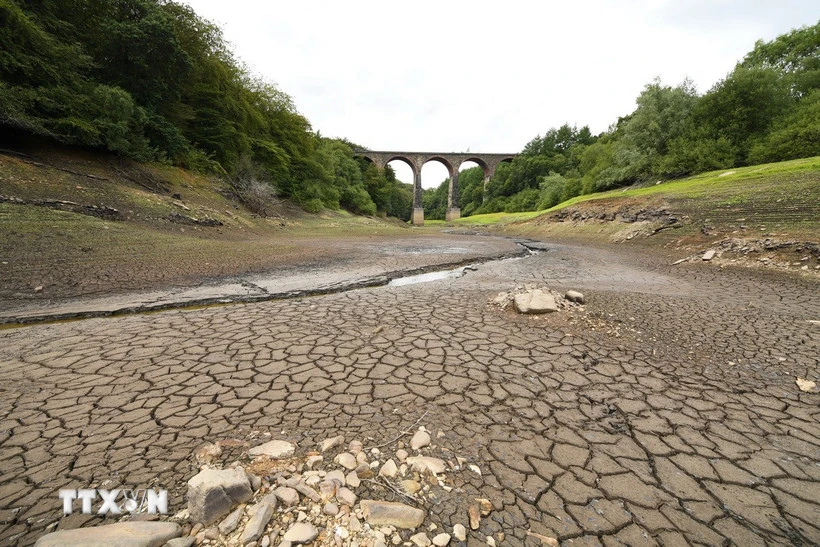
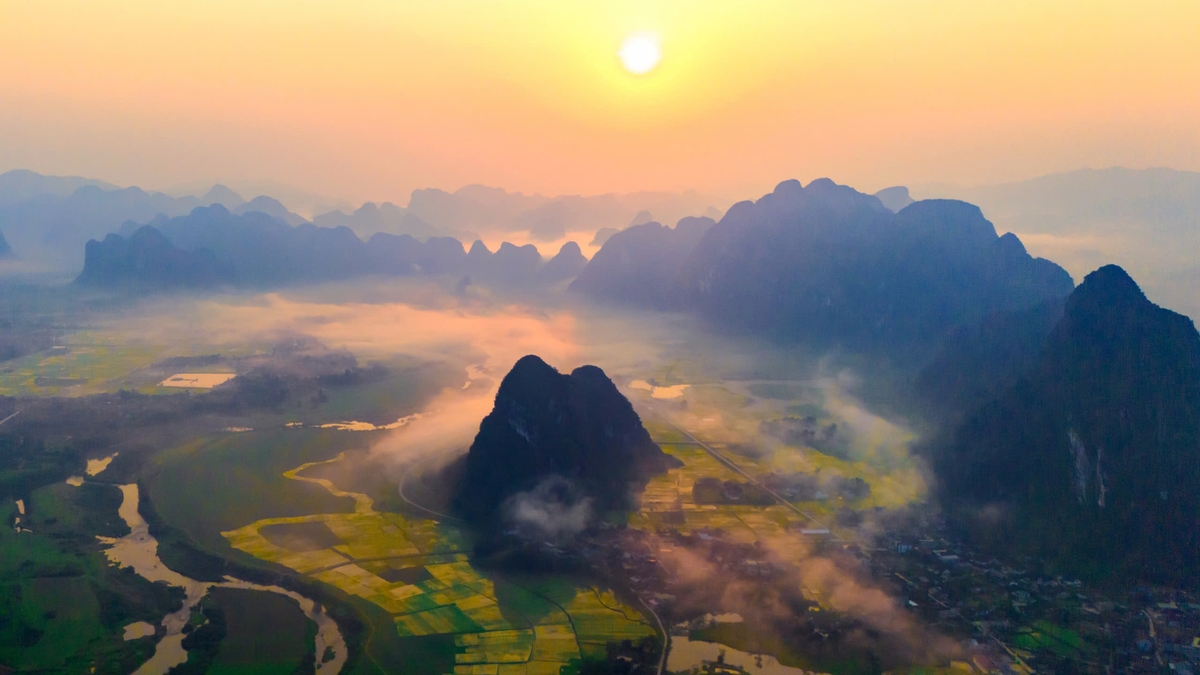














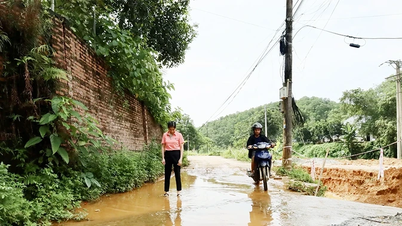






























![[Video] Hue Monuments reopen to welcome visitors](https://vphoto.vietnam.vn/thumb/402x226/vietnam/resource/IMAGE/2025/11/05/1762301089171_dung01-05-43-09still013-jpg.webp)







































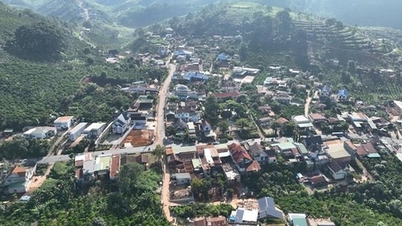










![Dong Nai OCOP transition: [Part 2] Opening new distribution channel](https://vphoto.vietnam.vn/thumb/402x226/vietnam/resource/IMAGE/2025/11/09/1762655780766_4613-anh-1_20240803100041-nongnghiep-154608.jpeg)









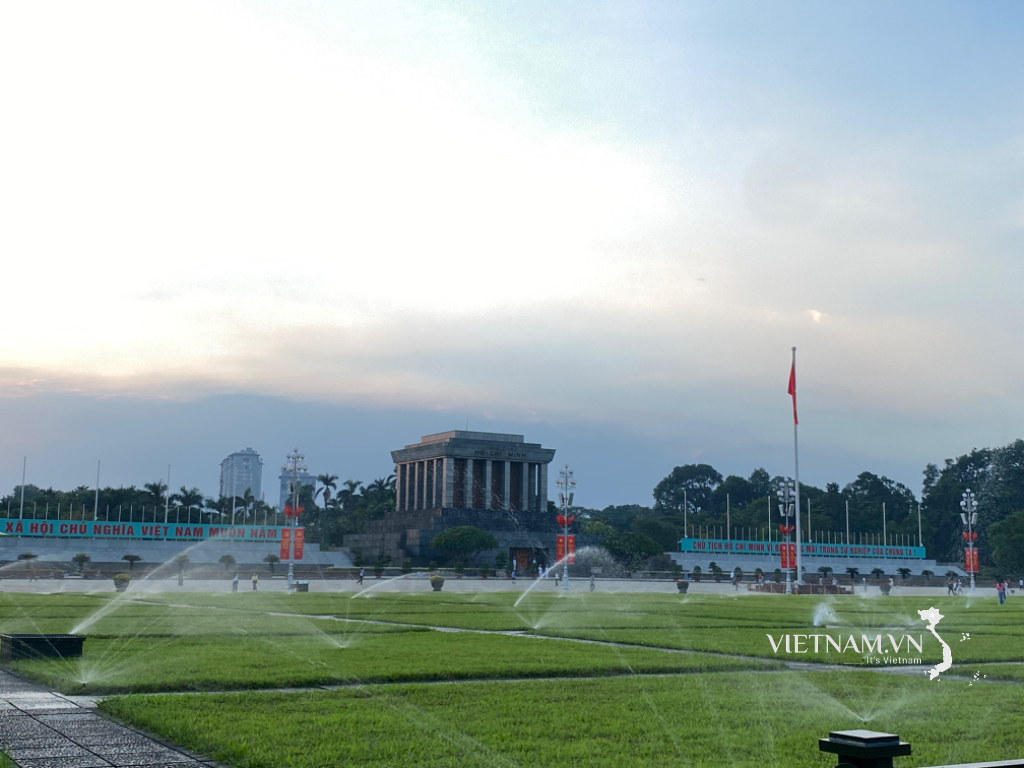



Comment (0)